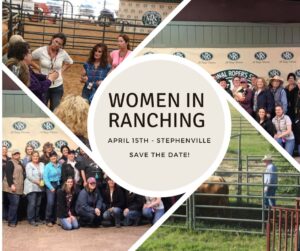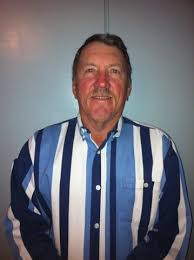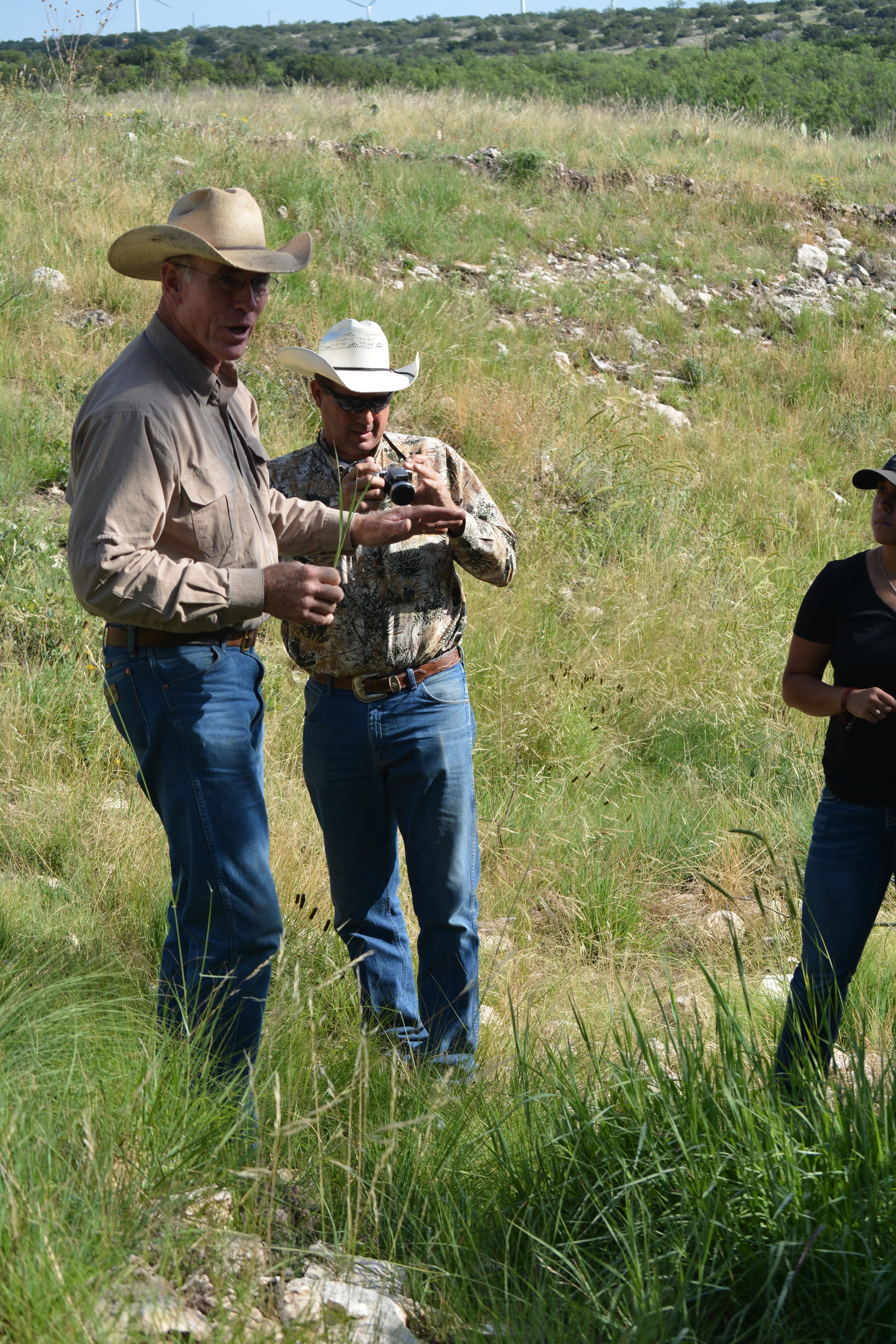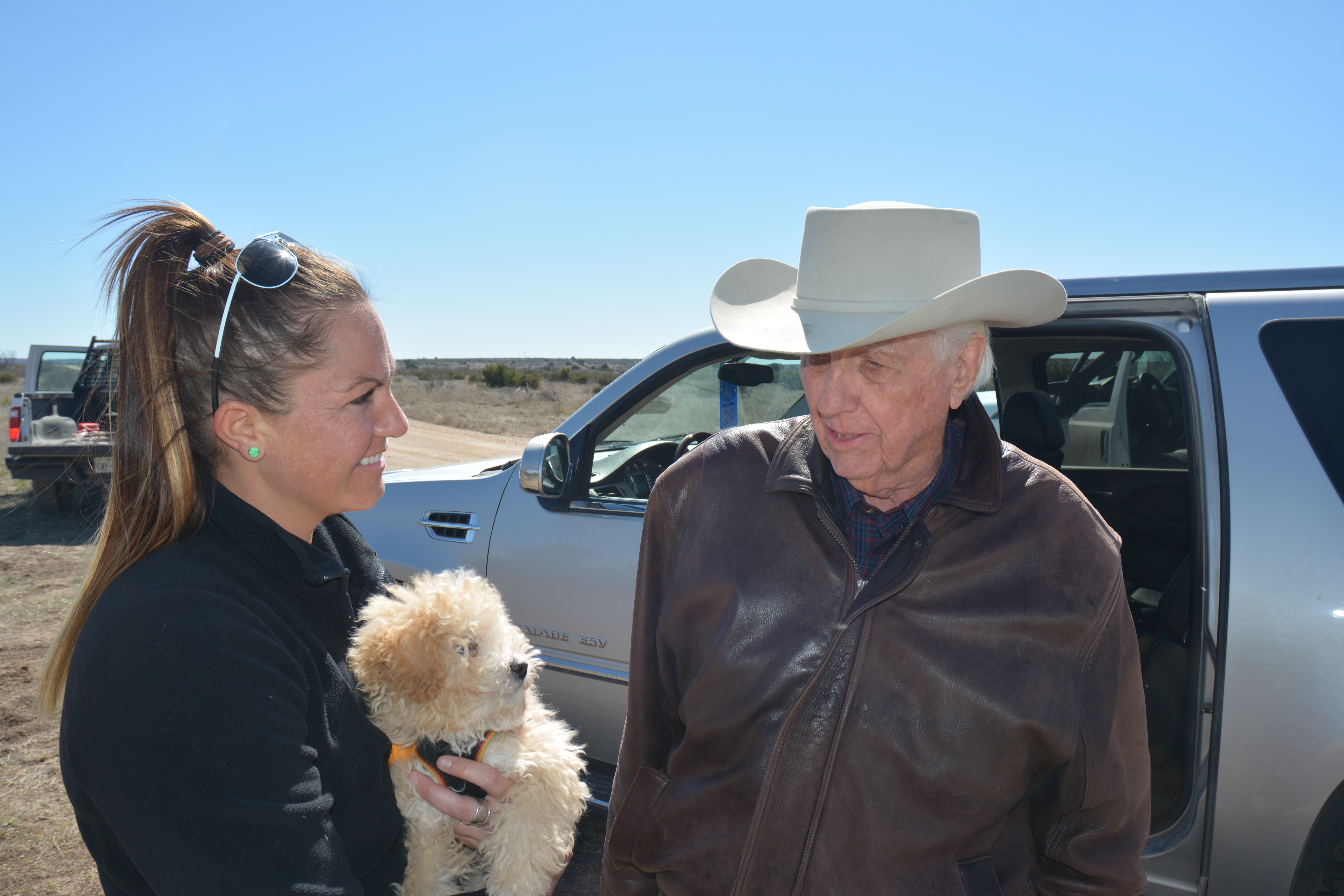Written by Casey Matzke
Texas CattleWomen is a State Organization made of 21 chapters across the state of Texas. Our mission is the promotion of Beef in a healthy diet. Our local chapters are the boots on the ground of this organization. From Ag in the Classroom, to the promotion of Beef, to scholarships, to hands-on demonstrations and Ranch Tour, our CattleWomen do it all.
Our local chapters are spread out through different counties in the State. For more information on CattleWomen and what local chapter you may belong to, be sure to check out our website. It is our goal to have every county in Texas covered in the future. If your county currently does not have a local chapter, we are always looking to start new local chapters. We have two new chapters currently being started in the Bastrop County and Scurry County areas.
Our annual Women In Ranching event is coming up on April 15th. This program was started several years ago and participants across the State have really enjoyed it. We wanted a place where women could come for hands-on learning and not be afraid to ask questions. This year our event is taking place in Stephenville, Texas at Tarleton State University.
The morning will kick off with Cattle Handling Demonstrations with Dr. Ron Gill and a BQA certification. Already BQA certified? No worries, this certification needs to be renewed every three years and this would be a great time to refresh that certificate.
We will break for lunch and then start the afternoon session. This will be three sessions of hands-on activity. We will have chute-side manners and a fencing demonstration. The third session will be from our very own Dr. Morgan Treadwell with Plant and Forage Identification.
In the evening, a Grilling 101 demonstration will be given, where all participants will get to grill their own steaks! We will wrap up the event with our producer panel. Not only is this event very informational but you will meet fellow women who are passionate about the industry. Interested in this event, be sure to register here.
For any additional questions about CattleWomen, be sure to reach out to Casey Matzke at caslmatzke@gmail.com or 713-578-0863.



 rice Ranch was recognized for their range management when they were presented the Outstanding Rangeland Stewardship Award by the Texas Section, Society for Range Management and Texas and Southwestern Cattle Raisers Association. And it was recognized as a 2013 regional Environmental Stewardship Award Program (ESAP) winner during the 2013 Cattle Industry Summer Conference.
rice Ranch was recognized for their range management when they were presented the Outstanding Rangeland Stewardship Award by the Texas Section, Society for Range Management and Texas and Southwestern Cattle Raisers Association. And it was recognized as a 2013 regional Environmental Stewardship Award Program (ESAP) winner during the 2013 Cattle Industry Summer Conference.